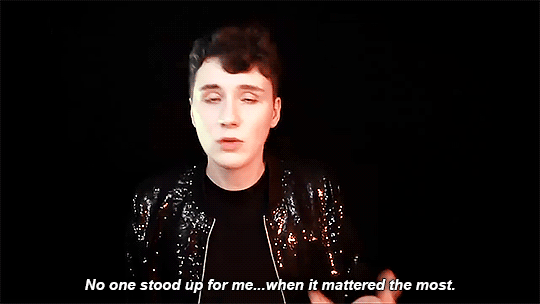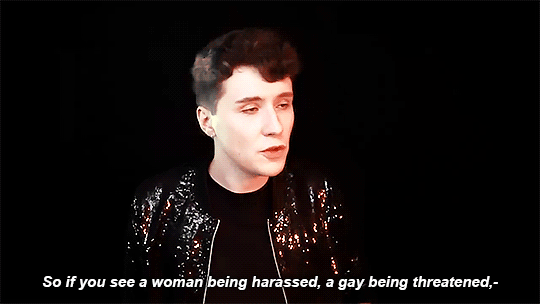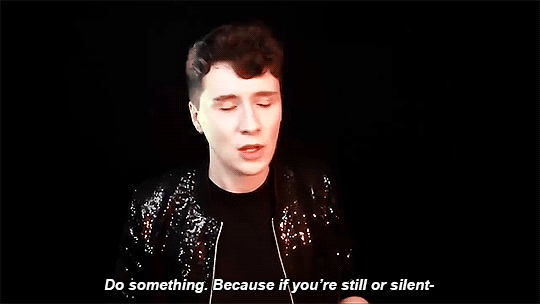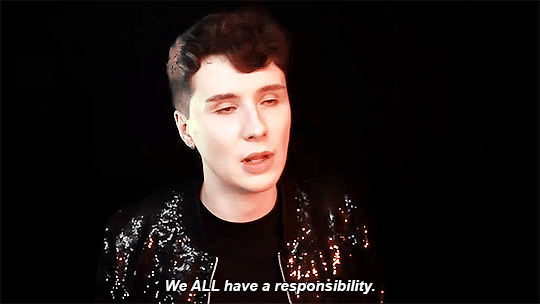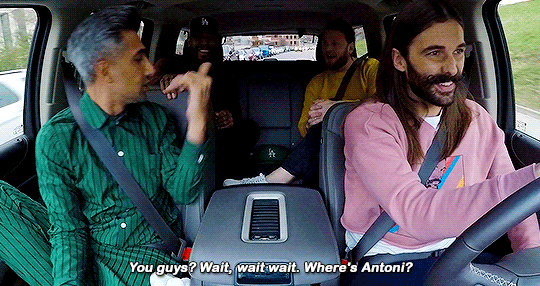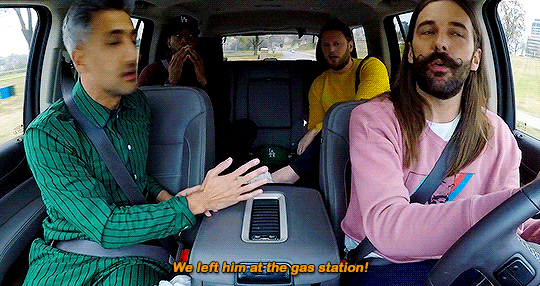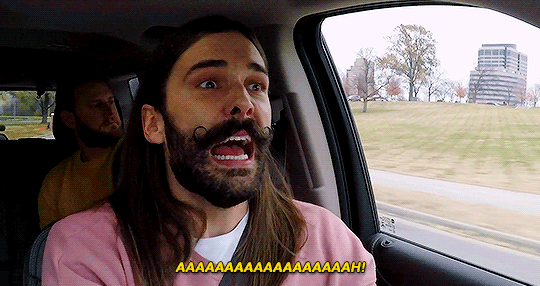Note
why are u gay
i wanted to make my life more difficult
232K notes
·
View notes
Photo
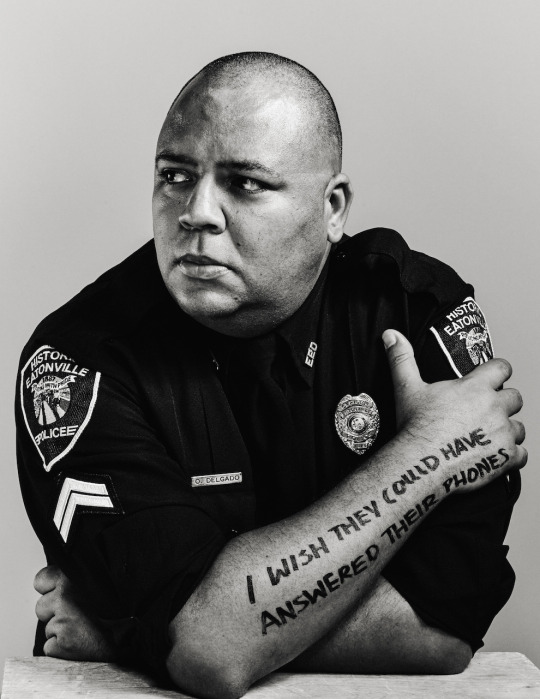





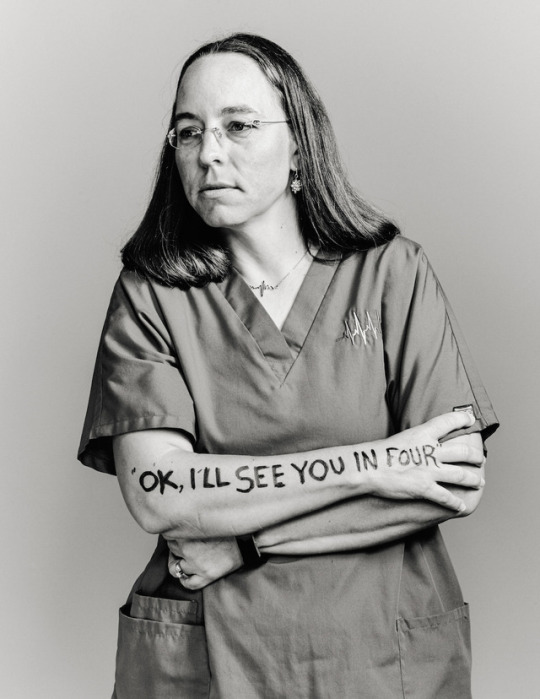
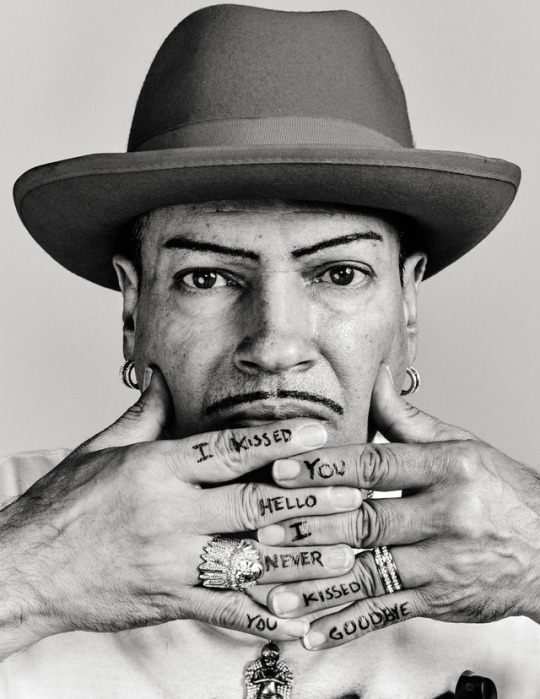
“We were just enjoying the music.” (x)
Powerful Photo Series Shares The Stories Of Pulse Nightclub Survivors, Family Members, And First Responders
59K notes
·
View notes
Photo


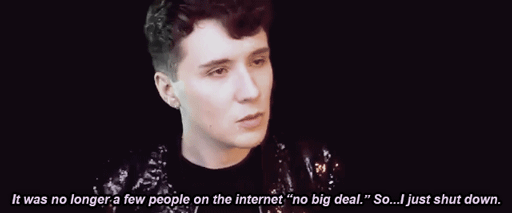
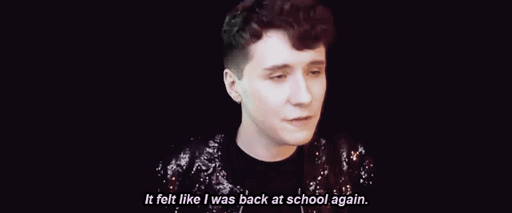

aggressive 👏 speculation 👏 is 👏 harmful 👏
(x)
20K notes
·
View notes
Text








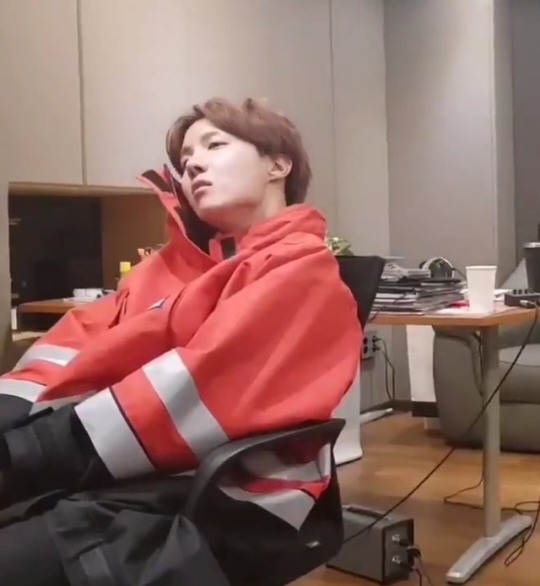
hoseok looks at me like this, i’m dropping everything. EVERYTHING!
4K notes
·
View notes
Text
yo why do adults try to tell middle schoolers not to dye their hair or cut it weird or dress strange. Middle school is the most miserable time of anyone’s life, let them have fun and get a mohawk or something. They don’t have colleges to impress or a boss to worry about. They’re 12. Let them be less miserable with their blue hair and bad fashion (so long as it’s weather appropriate! I don’t want anyone wearing only a tshirt and jeans in winter!!!) It won’t kill you to let your kid exercise some control over their appearance that literally will not follow them their whole lives. Who cares if your kid wants to wear unprofessional clothes. They’re a kid, they don’t need to be professional.
183K notes
·
View notes
Text
i know ive talked about this before but we literally have no reason not to bring the original gay flag made in the 70s by gilbert baker back to regular use!

the pink stripe was simply taken away because pink fabric was too expensive to mass reproduce at the time, and the turquoise stripe was taken away for a really odd reason: for the harvey milk remembrance parade in 1979, they wanted three stripes on each side of the street and didn’t want it to be asymmetrical, so they did away with the turquoise stripe. like, they could have fixed it in some other way without removing a whole stripe, but eh whatever history’s history.
the pink originally symbolized sex and the turquoise was for magic/art and it would just be really cool if we could bring both the stripes back into regular use again since there wasn’t any significance behind the removal of the stripes and we’re perfectly capable of mass producing flags with all the stripes again!
178K notes
·
View notes
Photo






apparently e.l. james called former child star mara wilson (matilda) a “sad fuck” for critiquing the 50shades books a while ago and now there’s a feud. i love it.
944K notes
·
View notes
Text
A doctor discovers an important question patients should be asked
This patient isn’t usually mine, but today I’m covering for my partner in our family-practice office, so he has been slipped into my schedule.
Reading his chart, I have an ominous feeling that this visit won’t be simple.
A tall, lanky man with an air of quiet dignity, he is 88. His legs are swollen, and merely talking makes him short of breath.
He suffers from both congestive heart failure and renal failure. It’s a medical Catch-22: When one condition is treated and gets better, the other condition gets worse. His past year has been an endless cycle of medication adjustments carried out by dueling specialists and punctuated by emergency-room visits and hospitalizations.
Hemodialysis would break the medical stalemate, but my patient flatly refuses it. Given his frail health, and the discomfort and inconvenience involved, I can’t blame him.
Now his cardiologist has referred him back to us, his primary-care providers. Why send him here and not to the ER? I wonder fleetingly.
With us is his daughter, who has driven from Philadelphia, an hour away. She seems dutiful but wary, awaiting the clinical wisdom of yet another doctor.
After 30 years of practice, I know that I can’t possibly solve this man’s medical conundrum.
A cardiologist and a nephrologist haven’t been able to help him, I reflect,so how can I? I’m a family doctor, not a magician. I can send him back to the ER, and they’ll admit him to the hospital. But that will just continue the cycle… .
Still, my first instinct is to do something to improve the functioning of his heart and kidneys. I start mulling over the possibilities, knowing all the while that it’s useless to try.
Then I remember a visiting palliative-care physician’s words about caring for the fragile elderly: “We forget to ask patients what they want from their care. What are their goals?”
I pause, then look this frail, dignified man in the eye.
“What are your goals for your care?” I ask. “How can I help you?”
The patient’s desire
My intuition tells me that he, like many patients in their 80s, harbors a fund of hard-won wisdom.
He won’t ask me to fix his kidneys or his heart, I think. He’ll say something noble and poignant: “I’d like to see my great-granddaughter get married next spring,” or “Help me to live long enough so that my wife and I can celebrate our 60th wedding anniversary.”
His daughter, looking tense, also faces her father and waits.
“I would like to be able to walk without falling,” he says. “Falling is horrible.”
This catches me off guard.
That’s all?
But it makes perfect sense. With challenging medical conditions commanding his caregivers’ attention, something as simple as walking is easily overlooked.
A wonderful geriatric nurse practitioner’s words come to mind: “Our goal for younger people is to help them live long and healthy lives; our goal for older patients should be to maximize their function.”
Suddenly I feel that I may be able to help, after all.
“We can order physical therapy — and there’s no need to admit you to the hospital for that,” I suggest, unsure of how this will go over.
He smiles. His daughter sighs with relief.
“He really wants to stay at home,” she says matter-of-factly.
As new as our doctor-patient relationship is, I feel emboldened to tackle the big, unspoken question looming over us.
“I know that you’ve decided against dialysis, and I can understand your decision,” I say. “And with your heart failure getting worse, your health is unlikely to improve.”
He nods.
“We have services designed to help keep you comfortable for whatever time you have left,” I venture. “And you could stay at home.”
Again, his daughter looks relieved. And he seems … well … surprisingly fine with the plan.
I call our hospice service, arranging for a nurse to visit him later today to set up physical therapy and to begin plans to help him to stay comfortable — at home.
Back home
Although I never see him again, over the next few months I sign the order forms faxed by his hospice nurses. I speak once with his granddaughter. It’s somewhat hard on his wife to have him die at home, she says, but he’s adamant that he wants to stay there.
A faxed request for sublingual morphine (used in the terminal stages of dying) prompts me to call to check up on him.
The nurse confirms that he is near death.
I feel a twinge of misgiving: Is his family happy with the process that I set in place? Does our one brief encounter qualify me to be his primary-care provider? Should I visit them all at home?
Two days later, and two months after we first met, I fill out his death certificate.
Looking back, I reflect: He didn’t go back to the hospital, he had no more falls, and he died at home, which is what he wanted. But I wonder if his wife felt the same.
Several months later, a new name appears on my patient schedule: It’s his wife.
“My family all thought I should see you,” she explains.
She, too, is in her late 80s and frail, but independent and mentally sharp. Yes, she is grieving the loss of her husband, and she’s lost some weight. No, she isn’t depressed. Her husband died peacefully at home, and it felt like the right thing for everyone.
“He liked you,” she says.
She’s suffering from fatigue and anemia. About a year ago, a hematologist diagnosed her with myelodysplasia (a bone marrow failure, often terminal). But six months back, she stopped going for medical care.
I ask why.
“They were just doing more and more tests,” she says. “And I wasn’t getting any better.”
Now I know what to do. I look her in the eye and ask:
“What are your goals for your care, and how can I help you?”
-Mitch Kaminski
Source
110K notes
·
View notes
Text
once i’m mentally stable and fully covered in tattoos it’s over for you
75K notes
·
View notes
Text
Not to start a controversy today but gay racists are still RACIST
54K notes
·
View notes





